By Gareth Butterfield 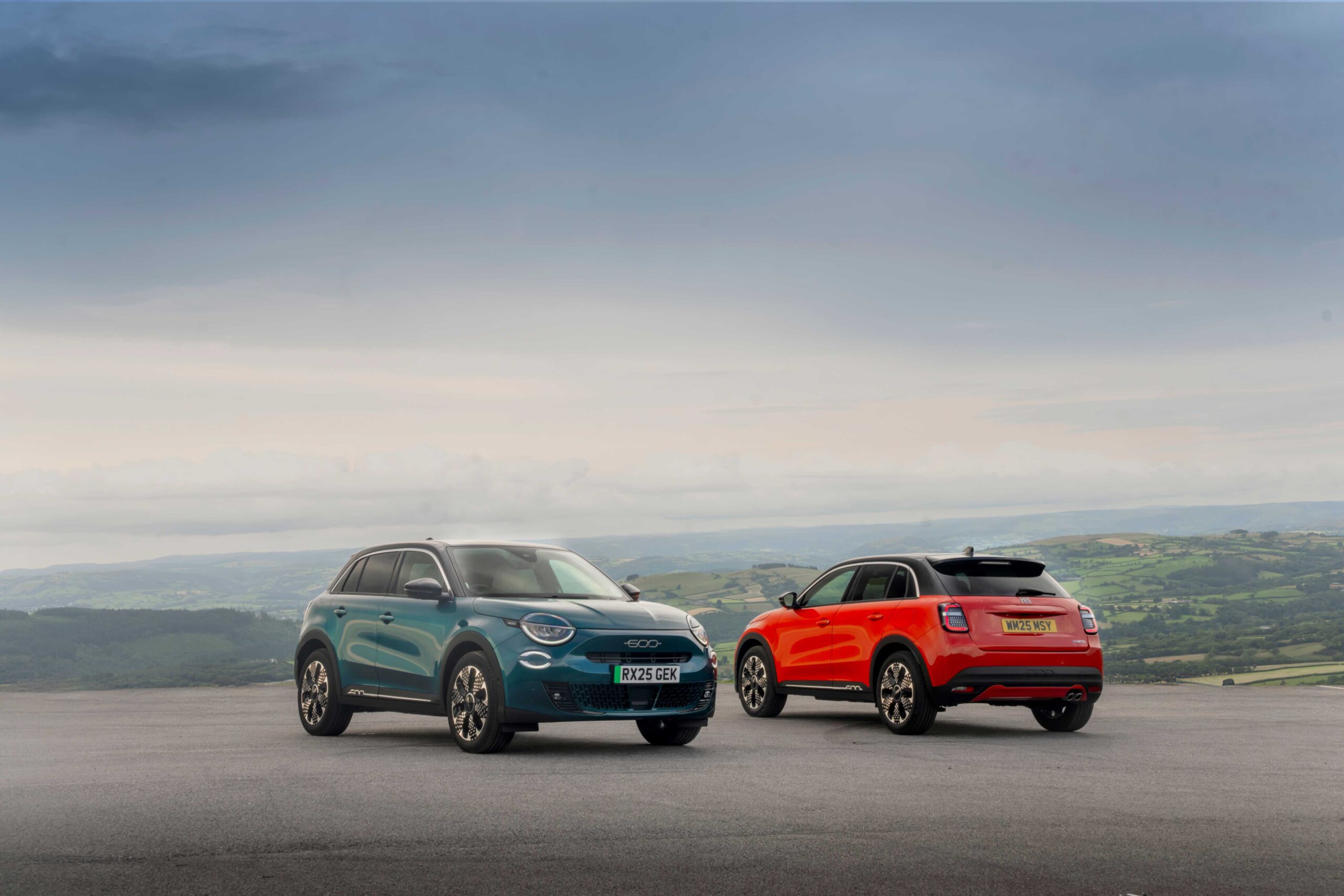
When Fiat began stretching the success of its 500 supermini out as far as it could, the results were mixed. The 500L was practical but forgettable, the Abarth variants were sensational, and the 500X stood out as a genuinely likeable crossover aimed at people who could no longer fit their worldly goods or their offspring in the 500.
The new 600, then, is a natural progression from the 500X, but it shares its platform with a few other cars from the Stellantis juggernaut, the Jeep Avenger and Peugeot 208.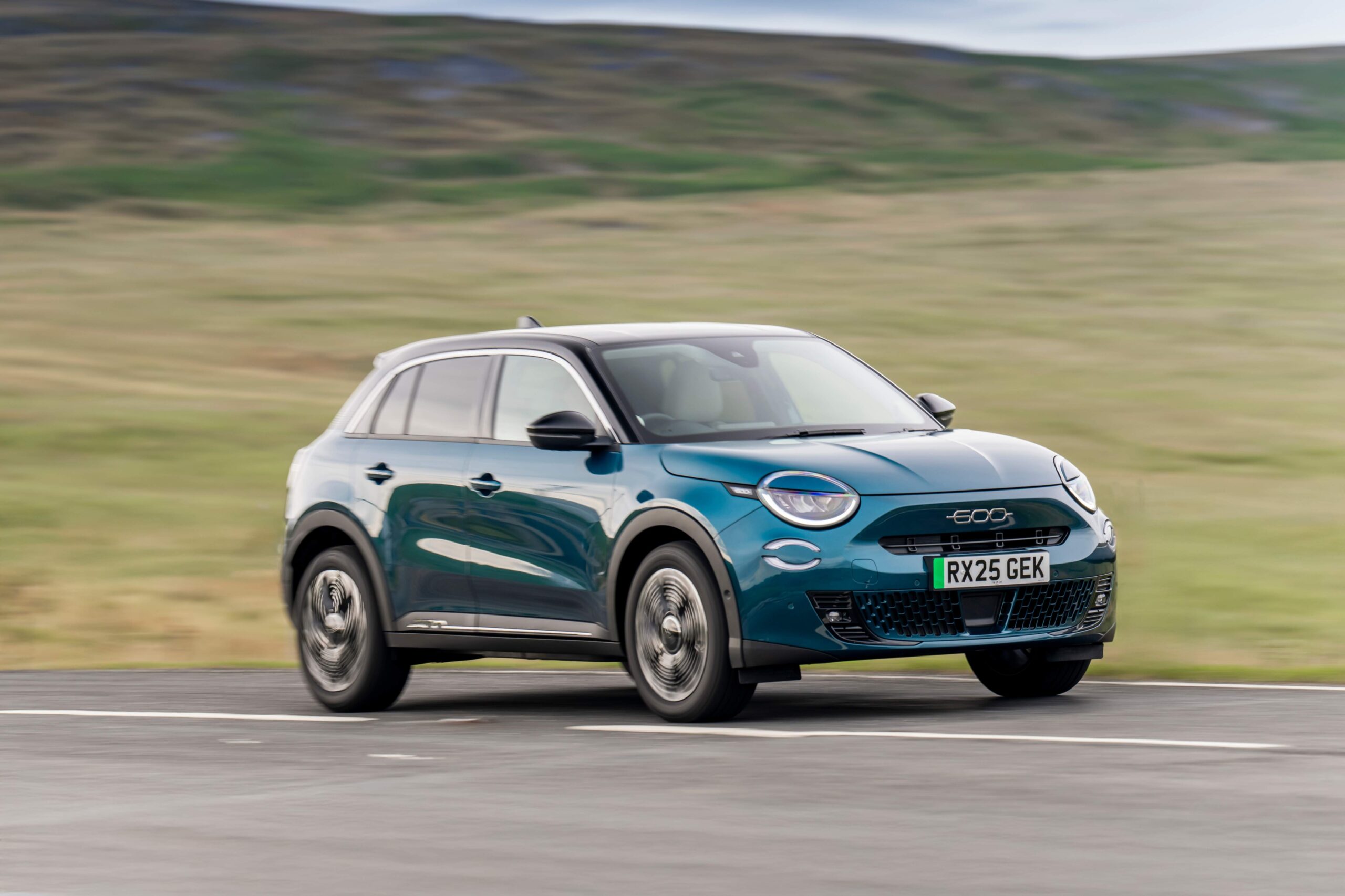
In one respect, this is a good thing. These are proven, award-winning platforms noted for reliability and value for money but, in another way, it does mean the 600 has lost some of its individuality and character. It still has some fun, retro charm, but the cute Italian flair just feels a bit watered down.
That’s not to say it’s a bad car, though. Stellantis might be over-using their recipe a bit, but it’s still a decent recipe. And if you’re a loyal subscriber of the Fiat 500 family of spin-offs, you’ll doubtless love the 600’s styling, both inside and out.
I’ve been living with the two key variants of the 600, back-to-back. The hybrid version and the all-electric 500e. They each have their own quirks and personalities, but which one should you choose?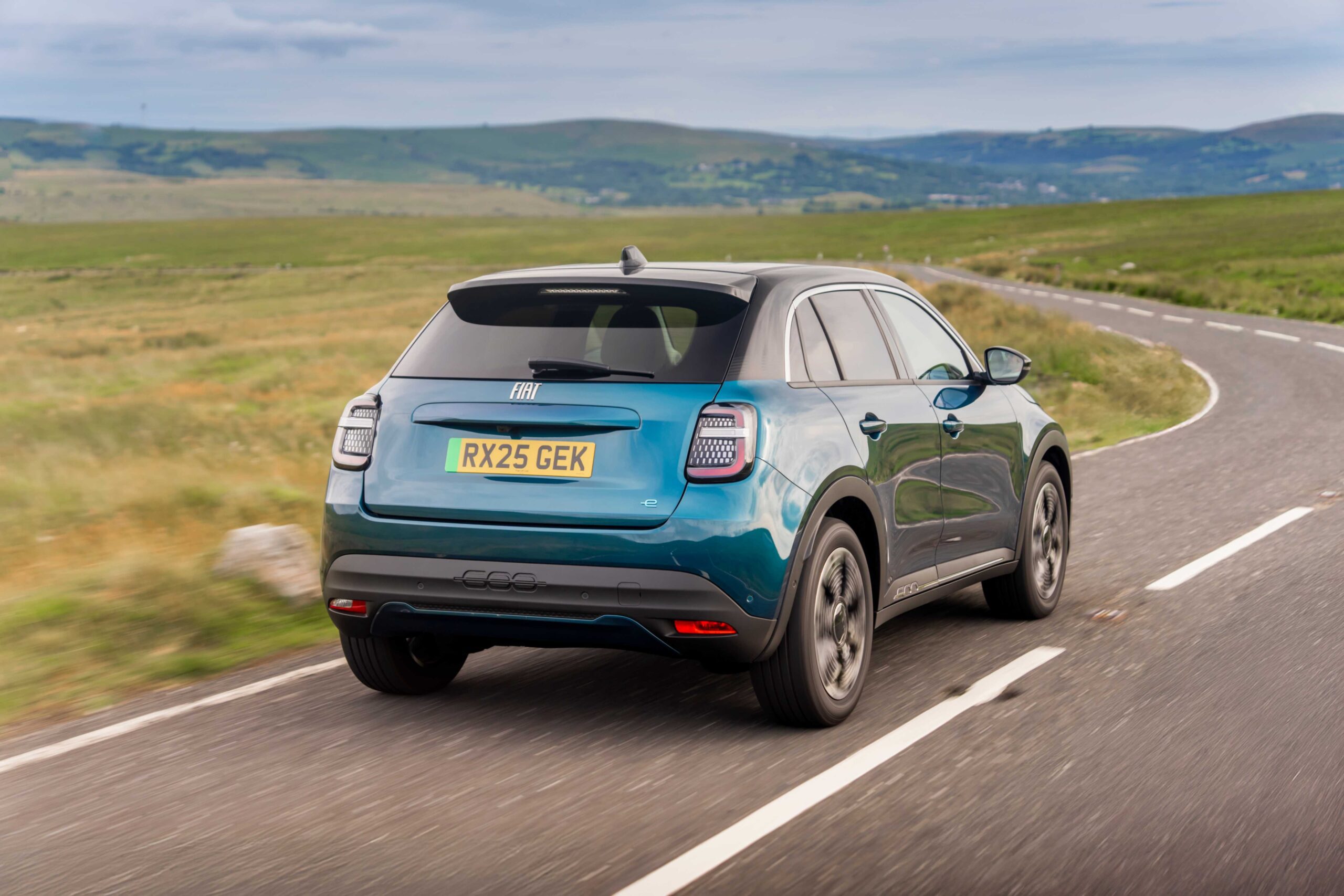
Fiat 600 Hybrid
If you’ve driven any similarly sized car from the Stellantis family, you might have experienced this drivetrain before. It’s a fizzy little 1.2-litre, three-cylinder turbo petrol engine with a six-speed automatic gearbox that has an electric motor attached. The motor is run by a small battery, and it all works cohesively to make for a very frugal little car.
There are two versions, one with 100hp, and another with 136hp and prices start at around £25,000.
The hybrid system, in case you haven’t been initiated, offers just 1km of electric propulsion, but that’s enough to take plenty of strain off the petrol engine, and deliver MPG figures north of 50mpg, on the right journey.
Its driving characteristics have been set up to focus on comfort and stability rather than dynamic prowess, but it handles British roads well. It’s comfortable and mature, and relatively effortless to drive.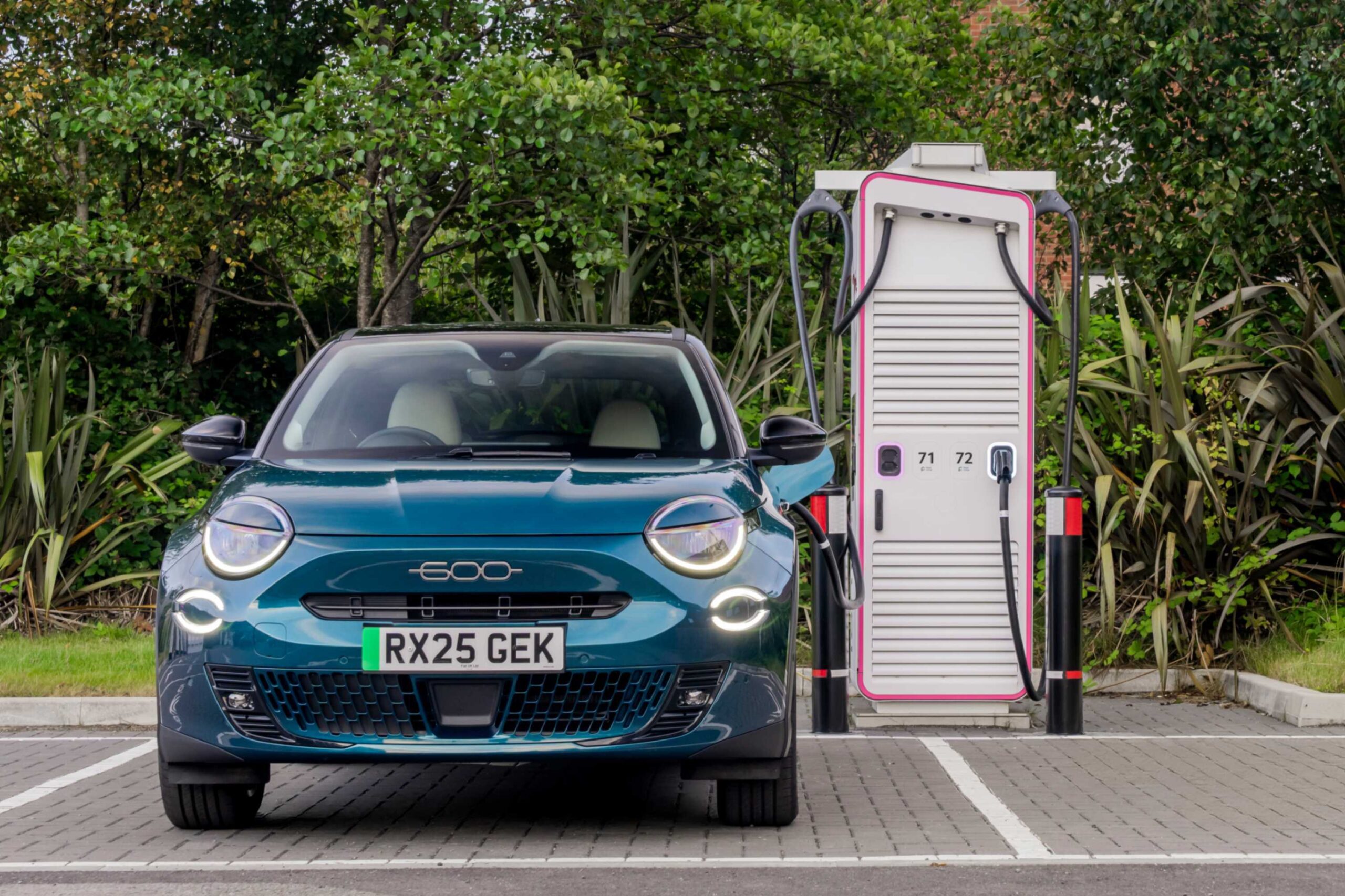
The interior pays just a small amount of homage to the super-retro Fiat 500 spin-offs of old, but it’s fairly practical at the same time. There’s a large storage bin in the centre covered off by a panel resembling an iPad case, and there’s a panel of physical buttons to operate the climate control, with plenty more on the steering wheel.
A row of buttons gives you access to the gear selection, which becomes less confusing as you get used to it, and the two displays are it’s well-thought-out and generally very easy to use. I do wish the heated seat controls weren’t buried behind a succession of screens, but other than that, it’s pretty good.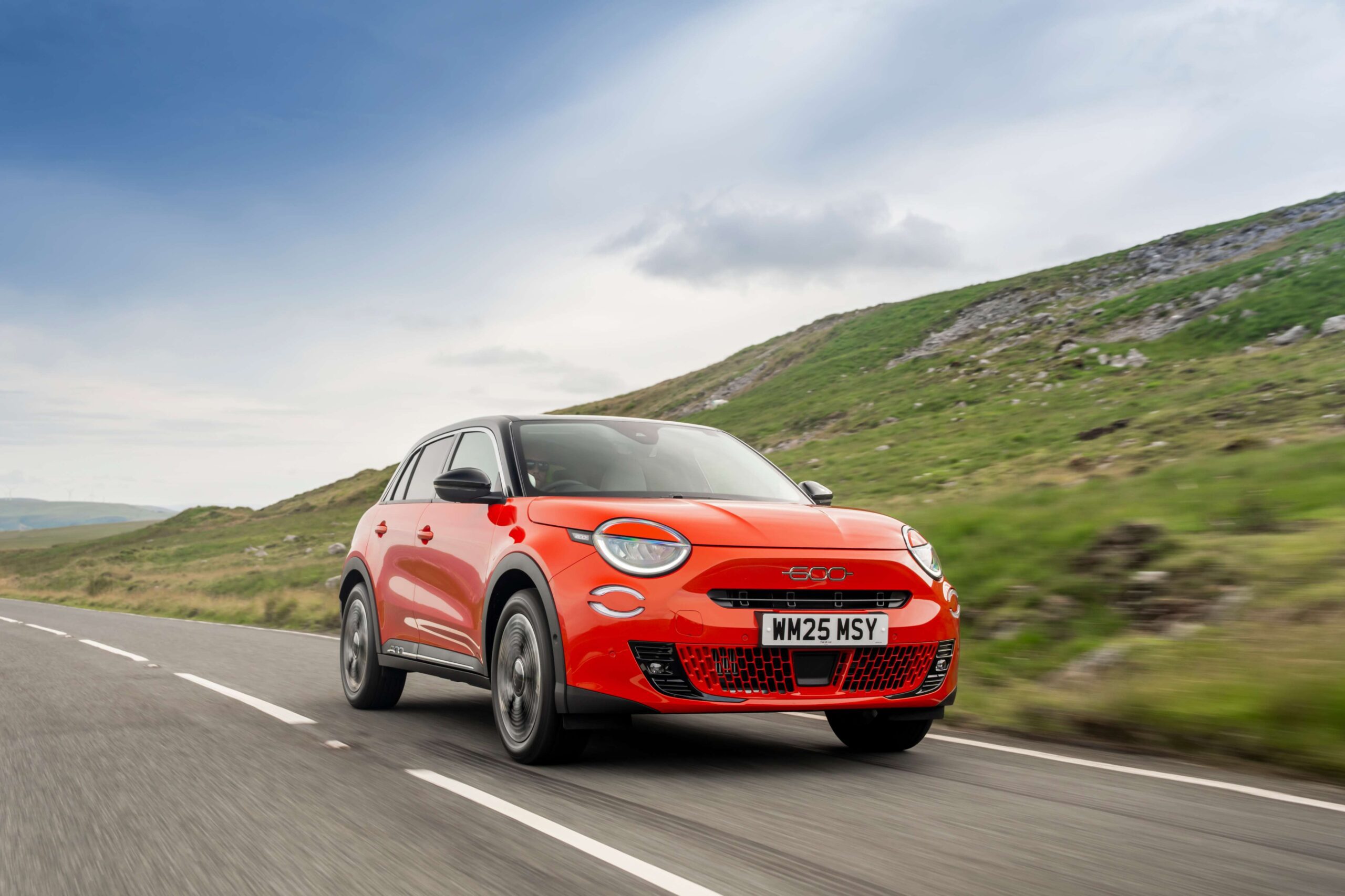
Practicality is a strong suit in the 600, too. The rear seats are a bit gloomy, but nevertheless quite spacious, and the front seats sit quite high, but the cabin is spacious and comfortable, unlike the 500 stablemate.
Boot space is slightly better than the Jeep Avenger, but not class-leading, although a neat double-floor does offer you some extra room if you need it.
Should you be tempted by a 600 Hybrid, it’s worth saving up some more pennies and opting for the top La Prima spec. Having tested a high-spec car and a mid-spec car, the La Prima plumage really does give you some necessary options, least of all a bigger infotainment screen, better driving assistance, heated seats, keyless entry, and a centre armrest.
But value for money is decent across the range, and both engines are capable and frugal.
The hybrid propulsion system gives it a little bit of electrical shove, and keeps the numbers down a bit, but it does nothing to take away from the whole experience.
It’s a very competent and amiable car overall.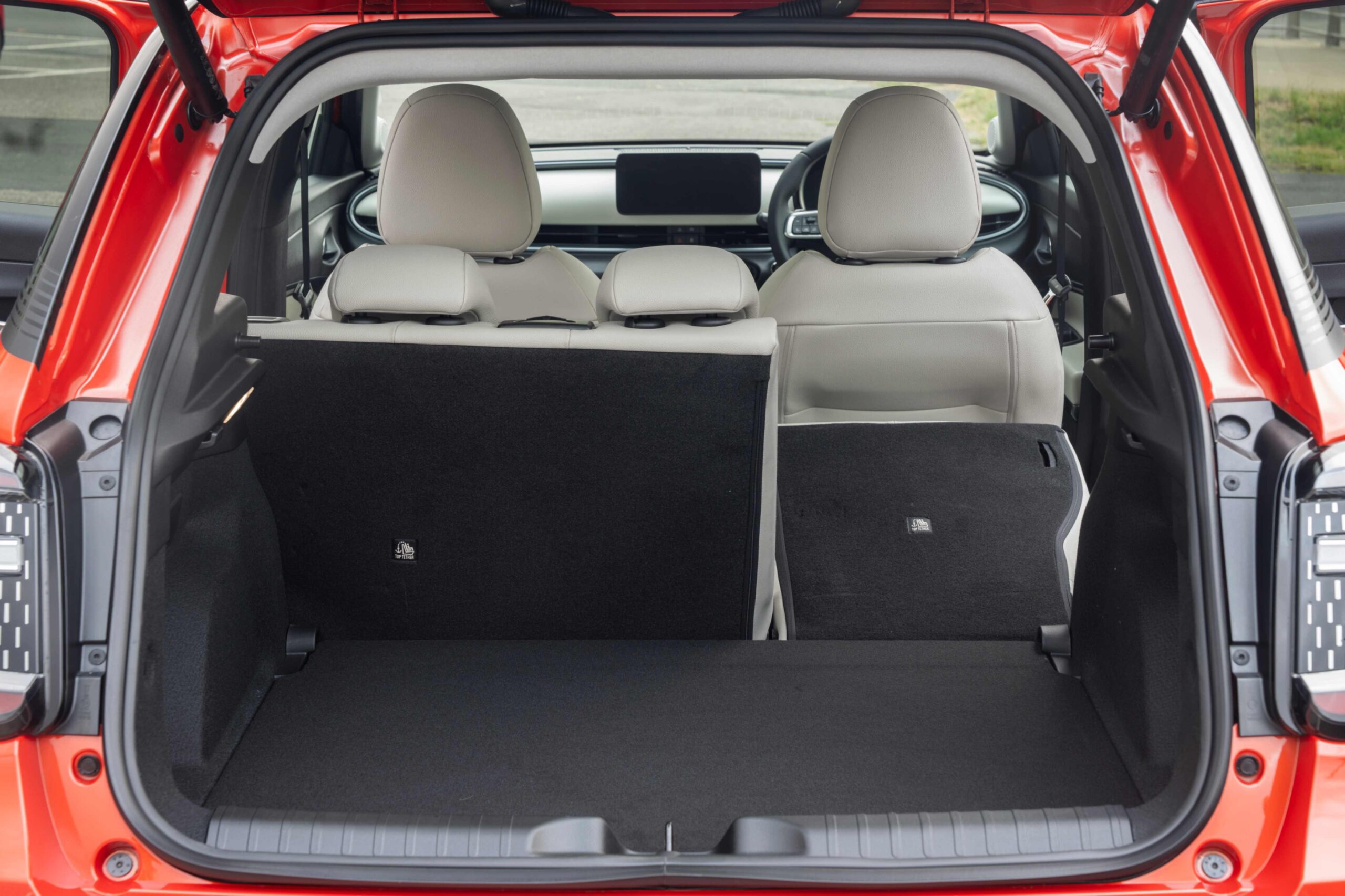
Fiat 600e
The electric version of Fiat’s new 600 wades into battle with a 50.8kWh (usable capacity) battery and a 154bhp electric motor. This instantly makes it a little more powerful than the hybrid version, but it’s obviously a much nicer experience all round, having shed the gruff engine note.
Range is pretty decent for this size of car, with a WLTP distance of 254 miles between charges, and 100kW of DC charging speed, which lets you get from 20% to 80% in around half an hour.
It costs around £30,000 as a base price, gets from 0-62mph in 9.0 seconds, and a bit more in the way of standard kit than the petrol variant.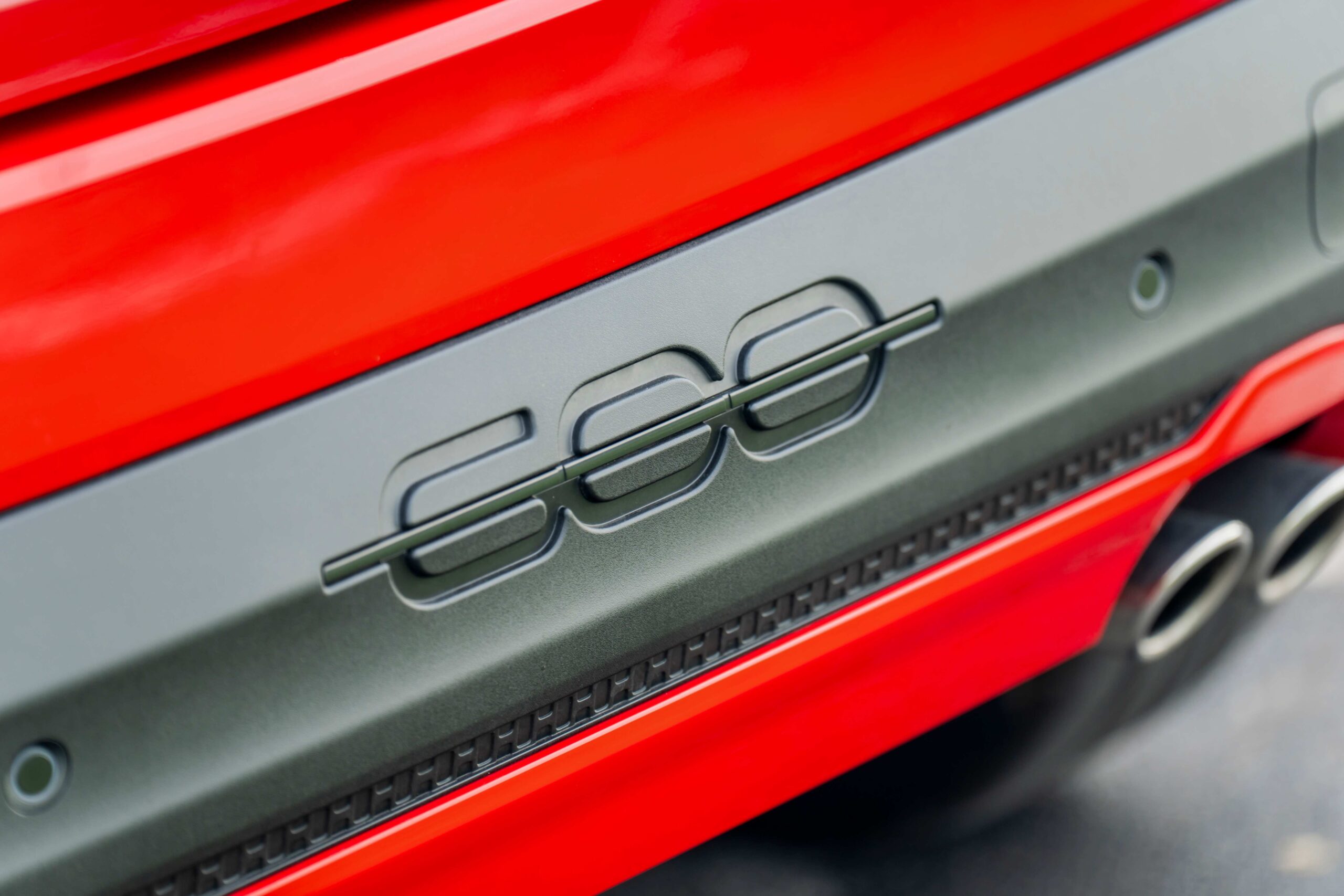
Now we’ve dispensed with the technicalities, it’s time to get on with what feels like a bit of an unfair comparison.
Driving the 600e is, obviously, a more calm and serene experience than the hybrid. It’s always going to feel faster, given the instant torque and the lack of a gearbox, but it doesn’t feel like too much in the way of weight has been added, and the ride actually feels slightly better. As if the chassis suits the balanced layout of the electric drivetrain better.
There’s little in the way of compromise over interior space, either. The boot is still a decent size, passengers aren’t obstructed in any cumbersome way, and it’s a shame there’s no “frunk” for hiding cables in, but you’ll find a space somewhere.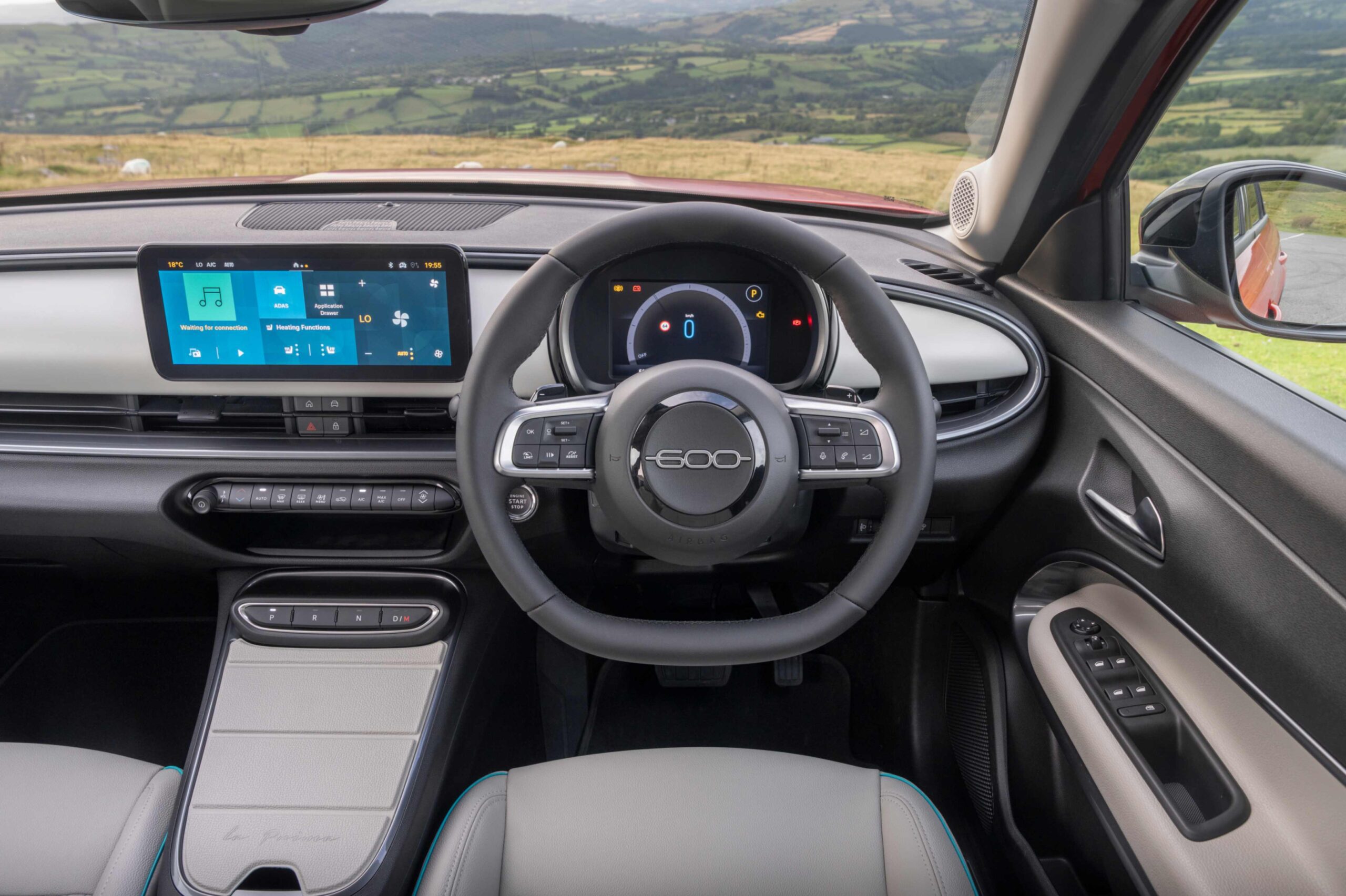
It feels at its best in city driving, with light steering and a tight turning circle, but the 600e is the car you’d prefer to take on a long journey, because of its smooth ride and the lack of any engine noise.
Of course, that would put you at the mercy of the country’s notoriously expensive public charging infrastructure, but there aren’t many cars in this sector that charge more quickly and, yes, it does have a heat pump.
Despite the extra power, the 600e really won’t excite you in the bends, and the brake pedal has a weird feel to it. The regen is good, and can be dialled in at the touch of a button, but this is a car to leave in Eco mode and just pootle around in, rather than a B-road weapon. There’s an Abarth version for that, incidentally, and I’m reviewing one of those quite soon.
Fundamentally, the 600e is superficially very similar to the Hybrid version, but without the petrol propulsion and with an arguably better driving experience as a result.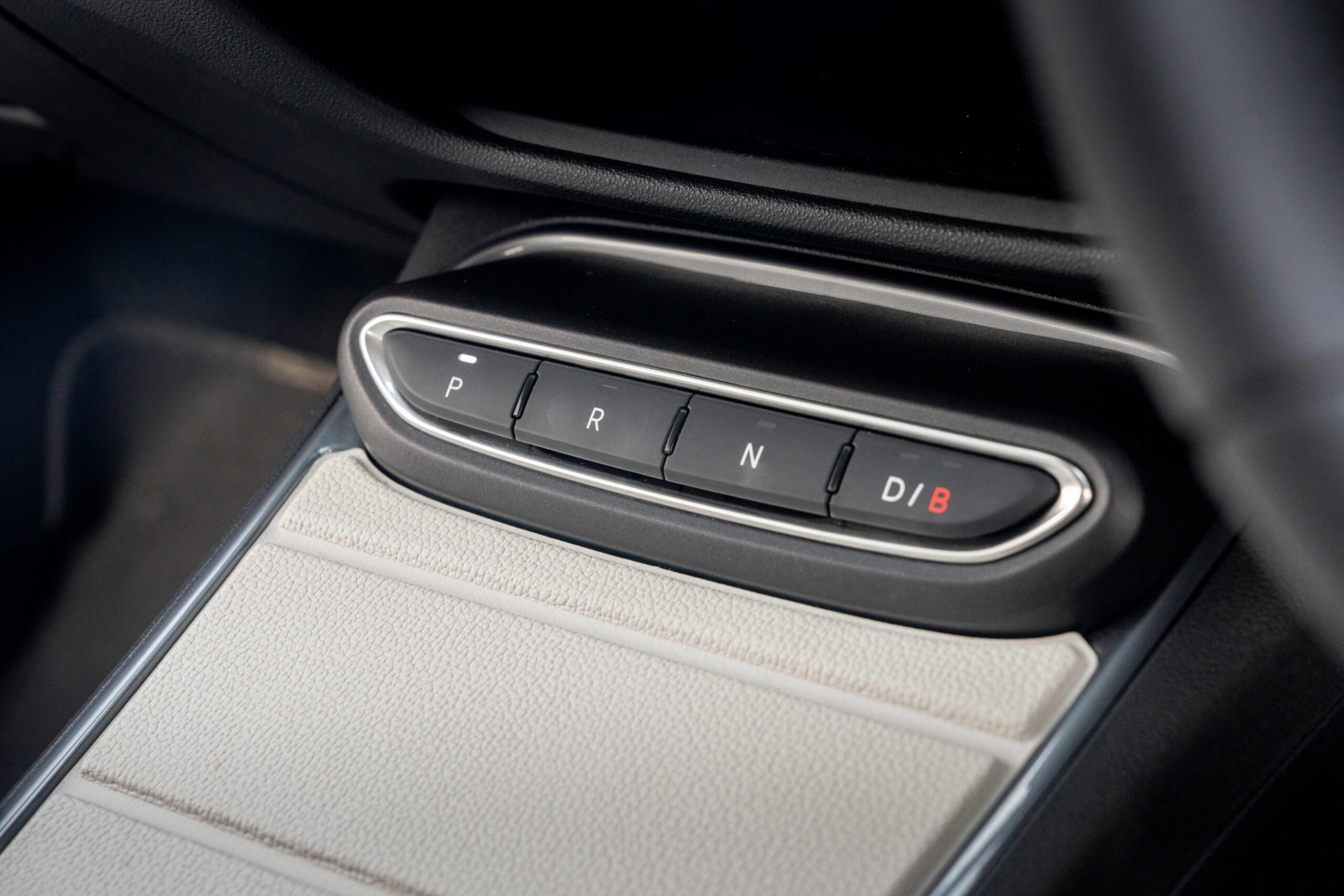
Which one you’ll choose will be down to personal preference, and personal economics.
Driving two otherwise identical cars back to back has been a genuinely useful exercise in EV vs ICE and, although the exercise will vary from car type to car type, in this instance the EV was the more likeable option.
Generally, the Fiat 600 family is every bit as appealing as any other Stellantis car. It does what it needs to do well, looks the part, is bound to offer decent reliability, and represents solid value for money.
While there’s not a lot left to make it from its closest sibling, the Jeep Avenger, if you’re like me and you like your retro charm, this could be the car for you.
